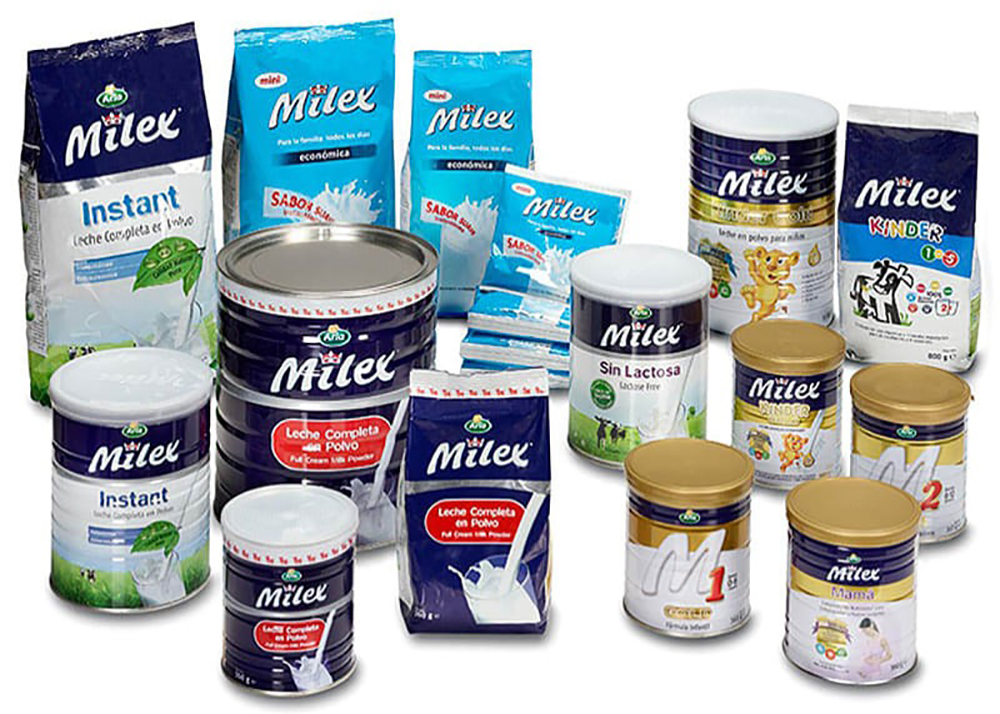
Choosing the right milk powder canning line is crucial for ensuring efficiency, product quality, and profitability. Here are the key factors to consider when selecting the best canning line for your business:
1. Production Capacity
– Assess Your Needs: Determine the volume of milk powder you need to produce per day, week, or month.
– Scalability: Choose a canning line that can scale with your business growth.
2. Quality and Hygiene Standards
– Compliance: Ensure the equipment meets local and international food safety standards (e.g., FDA, EU regulations).
– Material: To maintain hygiene, opt for stainless steel and other non-corrosive materials.
3. Automation Level
– Fully Automated vs Semi-Automated: Fully automated lines reduce labor costs and increase precision but have higher upfront costs.
– Integration: Look for systems that integrate seamlessly with your existing processes and equipment.
4. Flexibility and Customization
– Product Variability: Ensure the line can handle different types of milk powder and packaging sizes.
– Customization Options: Choose a manufacturer that offers customization to cater to your specific requirements.
5. Technology and Features
– Advanced Features: Look for features like vacuum sealing, nitrogen flushing, and weight accuracy to ensure product quality and shelf life.
– User-Friendly Interface: A system that is easy to operate and maintain will reduce training time and operational errors.
6. Energy Efficiency
– Energy Consumption: Consider the energy efficiency of the equipment to reduce operational costs.
– Environmental Impact: Opt for lines with a smaller environmental footprint.
7. Cost and Return on Investment (ROI)
– Initial Cost: Balance the initial investment with the long-term benefits and savings.
– Operational Costs: Consider maintenance, labor, and utility costs.
– ROI Calculation: Estimate how quickly the investment will pay off through increased production efficiency and reduced wastage.
8. Supplier and After-Sales Support
– Reputation: Choose a reputable supplier with a track record of reliable equipment.
– Support and Training: Ensure the supplier offers comprehensive after-sales support, including training, spare parts availability, and technical assistance.
9. Safety Features
– Operator Safety: Ensure the canning line has adequate safety measures to protect operators.
– Emergency Protocols: Look for systems with built-in emergency stop mechanisms and easy access for maintenance.
10. Space and Layout Considerations
– Facility Space: Measure your available space to ensure the new line fits comfortably.
– Layout Efficiency: Plan the layout to optimize the workflow and reduce bottlenecks.
Conclusion
Selecting the best milk powder canning line involves a detailed analysis of your business needs, production goals, and budget. By considering these key factors, you can make an informed decision that enhances your production capabilities, ensures product quality, and boosts profitability. Always consult with industry experts and suppliers to get customized recommendations and support tailored to your specific requirements.
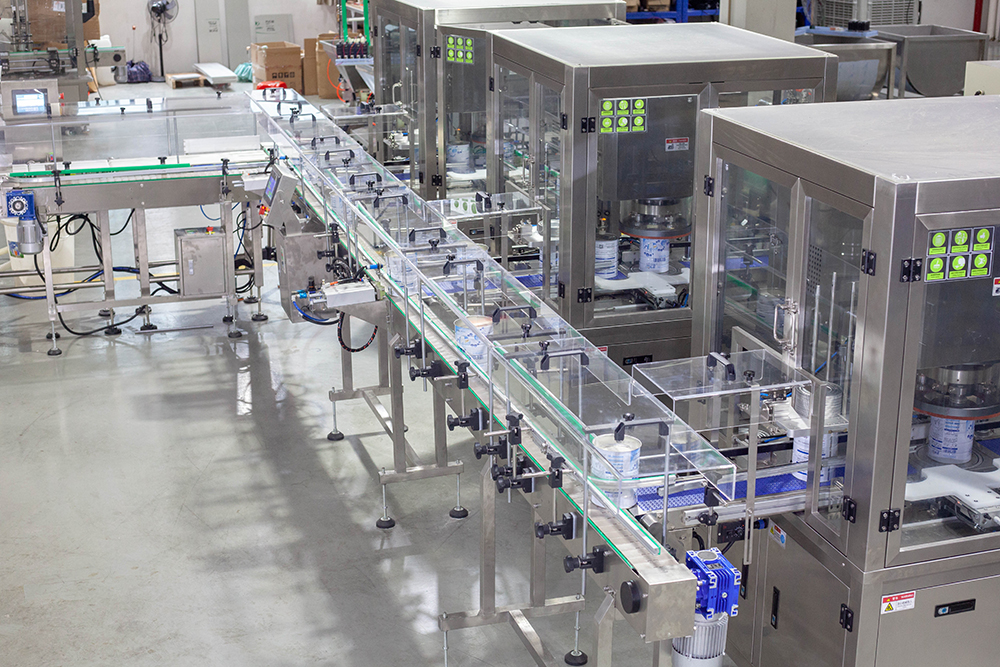
When selecting a milk powder canning line, certain features are essential to ensure efficient, high-quality, and hygienic production. Here are the must-have features to look for:
1. Accurate Filling Mechanism
– Precision Dosing: The system should have a precise filling mechanism to ensure consistent and accurate weights of milk powder in each can.
– Adjustable Settings: Ability to adjust the filling quantity easily for different can sizes and weights.
2. Sealing Technology
– Hermetic Sealing: Ensure that the cans are sealed airtight to maintain product freshness and prevent contamination.
– Double Seam: Look for double seam sealing technology for enhanced integrity and leak prevention.
3. Nitrogen Flushing
– Inert Gas Flushing: Incorporate nitrogen flushing to displace oxygen inside the can, which helps extend the shelf life of the milk powder.
4. High-Speed Operation
– Efficiency: High-speed filling and sealing to meet production demands.
– Synchronization: Synchronized operation between filling, sealing, and labeling to maintain a continuous flow.
5. Dust Control
– Dust Extraction Systems: Implement dust control mechanisms to minimize airborne particles, ensuring a cleaner working environment and product quality.
6. Quality Control Systems
– Inline Checkweighers: Automatic weighing systems to ensure each can is filled correctly, with out-of-spec cans automatically rejected.
– Metal Detectors: Detect and remove any metal contaminants before sealing.
7. Easy Cleaning and Maintenance
– CIP (Clean-In-Place): Systems that allow for easy cleaning without disassembly, ensuring hygiene and reducing downtime.
– Tool-Free Changeovers: Features that allow for quick and easy changeovers between different can sizes and products without the need for specialized tools.
8. User-Friendly Interface
– Touchscreen Control Panels: Intuitive interfaces that allow operators to monitor and control the canning line efficiently.
– Programmable Settings: Ability to save and recall settings for different products and can sizes.
9. Robust Construction
– Durability: Equipment made from high-quality, food-grade materials like stainless steel to withstand the rigors of daily use.
– Corrosion Resistance: Components that resist corrosion from exposure to milk powder and cleaning agents.
10. Safety Features
– Emergency Stops: Easily accessible emergency stop buttons to quickly halt the production line if necessary.
– Safety Guards and Sensors: Protective guards and sensors to prevent accidents and ensure operator safety.
11. Integrated Labeling and Coding
– Automatic Labeling: Systems that automatically apply labels to cans accurately and consistently.
– Date and Batch Coding: Inbuilt coding systems to print essential information like production date, batch number, and expiration date on each can.
12. Energy Efficiency
– Low Energy Consumption: Equipment designed to operate efficiently, minimizing energy use and reducing operational costs.
– Sustainable Operation: Features that support sustainability, such as reduced waste and efficient use of resources.
13. Scalability and Flexibility
– Modular Design: Equipment that can be easily upgraded or expanded as your production needs grow.
– Versatility: Ability to handle various can sizes and milk powder formulations without significant modifications.
Conclusion
Incorporating these must-have features into your milk powder canning line will ensure that your production process is efficient, hygienic, and capable of producing high-quality products. This investment in advanced technology and robust design will pay off through increased productivity, reduced waste, and enhanced product shelf life.

A milk powder filling line typically consists of several integrated components designed to automate the process of filling milk powder into cans or other packaging formats. Here’s a brief composition of a typical milk powder filling line:
1. Powder Feeding System
– Hopper: Stores the milk powder before feeding it into the filling machine.
– Screw Feeder: Transports the powder from the hopper to the filling machine, ensuring a consistent flow.
2. Filling Machine
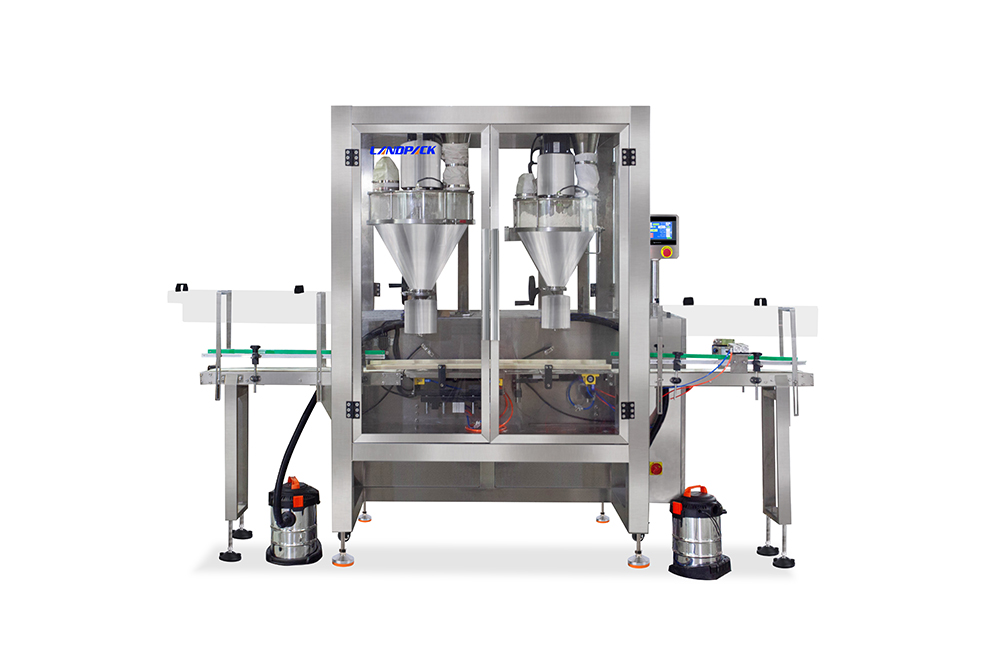
– Auger Filler: Utilizes an auger mechanism to precisely measure and dispense a predetermined amount of milk powder into each can or container.
– Volumetric Filler: Alternatively, uses volume-based measurement for filling, suitable for powders with varying densities.
3. Sealing System
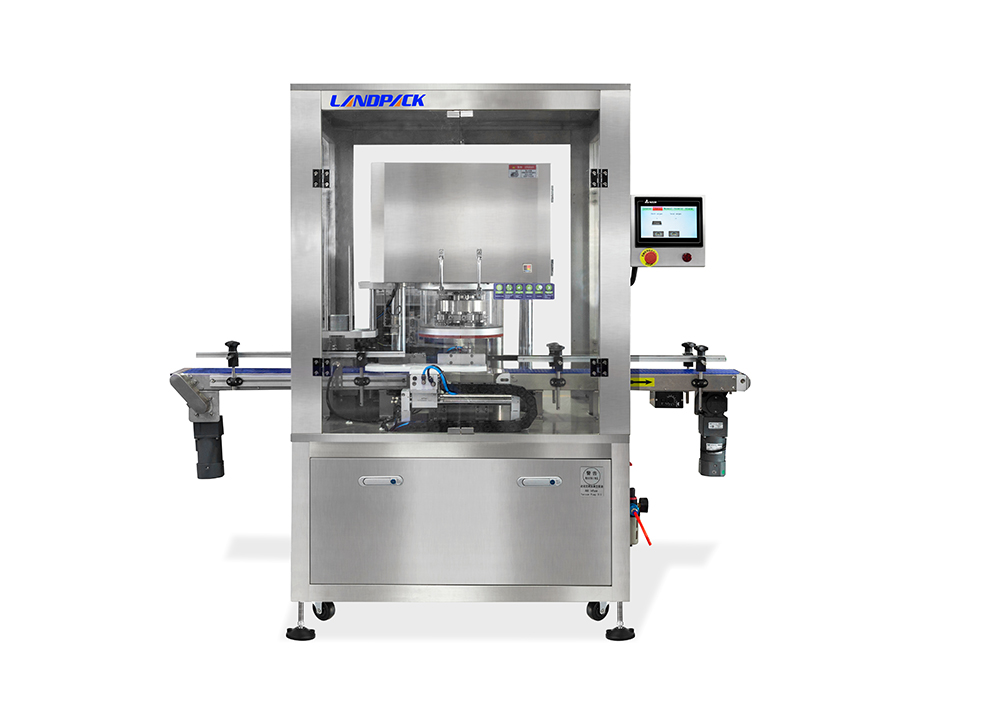
Cloudinarysealing machine
– Seamer: Seals the cans hermetically using a double seam process to ensure product freshness and prevent contamination.
– Lid Placer: Positions and secures lids on the filled cans before sealing.
4. Gas Flushing System
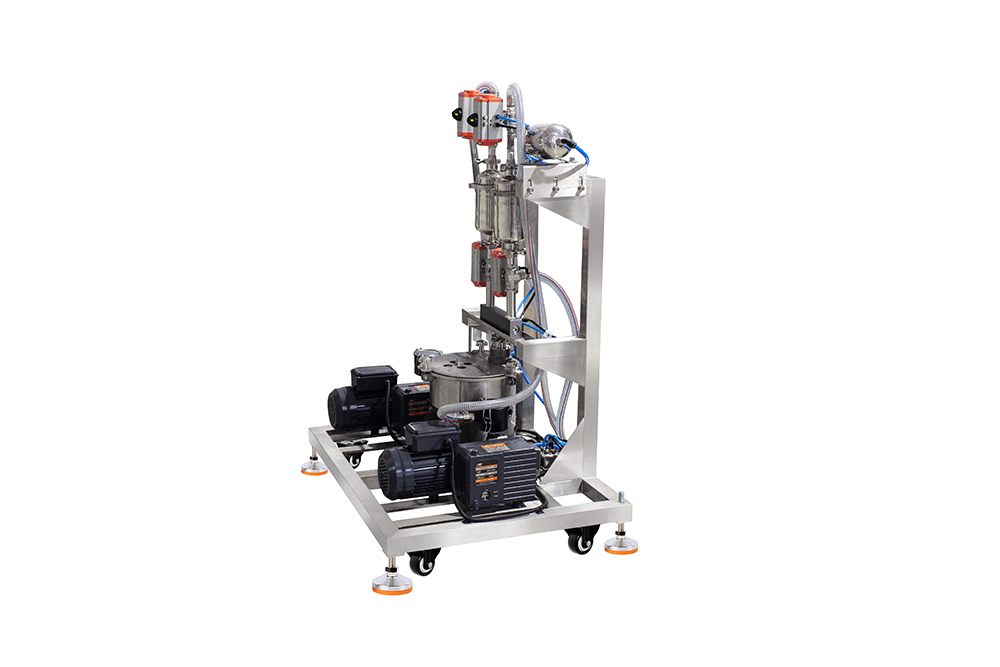
Cloudinarygas flushing system
– Nitrogen Flusher: Flushes inert nitrogen gas into the cans before sealing to displace oxygen and extend the shelf life of the milk powder.
5. Quality Control and Inspection
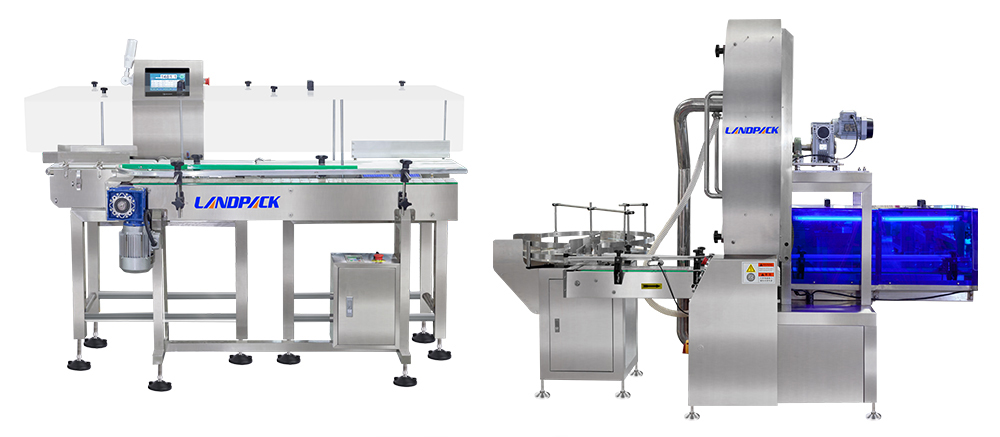
CloudinaryQuality Control and Inspection
– Checkweigher: Automatically checks the weight of each filled can to ensure it meets specified tolerances.
– Metal Detector: Scans each can for metal contaminants to ensure product safety.
6. Packaging and Labeling
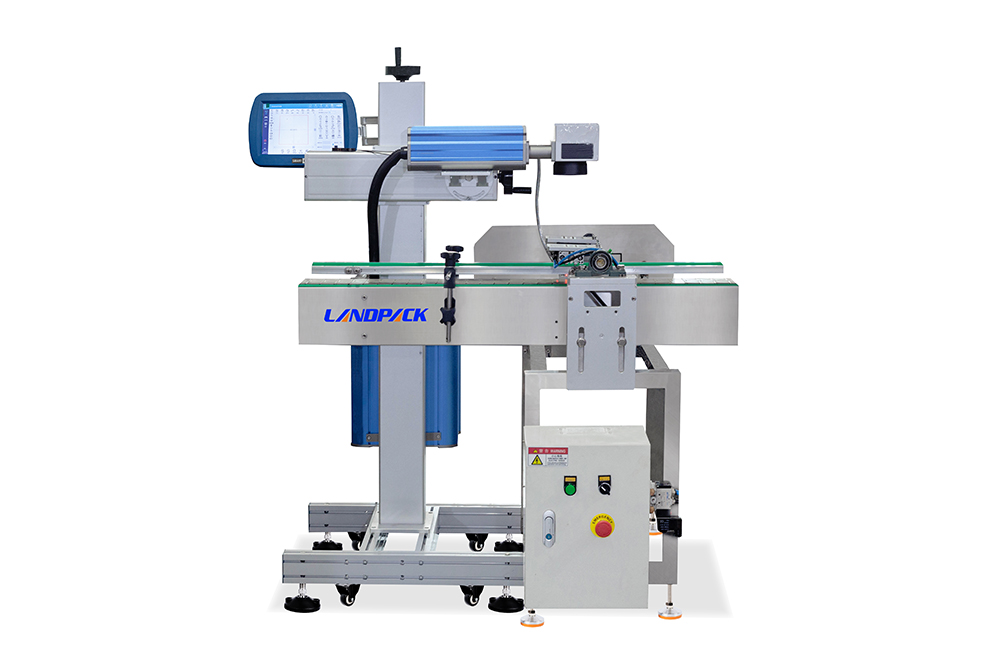
Cloudinarylabeling machine
– Labeling Machine: Applies labels with essential product information such as batch numbers, expiry dates, and nutritional facts onto the cans.
– Packaging Conveyor: Transports cans through the labeling and packaging process in a controlled and organized manner.
7. Control System
– PLC (Programmable Logic Controller): Controls and coordinates the operation of various components in the filling line.
– Touchscreen Interface: Provides operators with a user-friendly interface to monitor and adjust settings, track production metrics, and diagnose issues.
8. Cleaning and Hygiene
– Clean-In-Place (CIP) System: Allows for automated cleaning of components and pipelines without disassembly, ensuring hygiene standards are maintained between production runs.
9. Safety Features
– Emergency Stop Buttons: Easily accessible for operators to halt operations in case of emergencies.
– Safety Guards and Sensors: Protect operators from moving parts and ensure safe operation throughout the filling line.
Conclusion
Each component is carefully integrated to streamline production, ensure accuracy in filling, maintain product quality, and comply with hygiene and safety standards. The composition may vary based on the specific requirements of the milk powder production facility and the level of automation desired.
Considerations:
1. Production Volume: Higher volumes may justify investment in fully automatic or integrated lines.
2. Budget: Balance between initial investment and long-term operational costs.
3. Product Variety: Flexibility in handling different product types and packaging sizes.
4. Space Availability: Choose a layout that fits within your facility’s space constraints.
5. Labor: Consider the availability and cost of skilled labor for operating and maintaining the canning line.
6. Future Growth: Opt for scalable solutions that can grow with your business needs.
By carefully evaluating these factors and understanding the different types of milk powder canning lines, you can make an informed decision that aligns with your business goals and operational requirements.
When looking for a reliable and efficient milk powder canning line, Landpack stands out as a reputable manufacturer with extensive experience in the packaging industry. Here are several reasons why Landpack’s can filling lines are a great choice for your business:
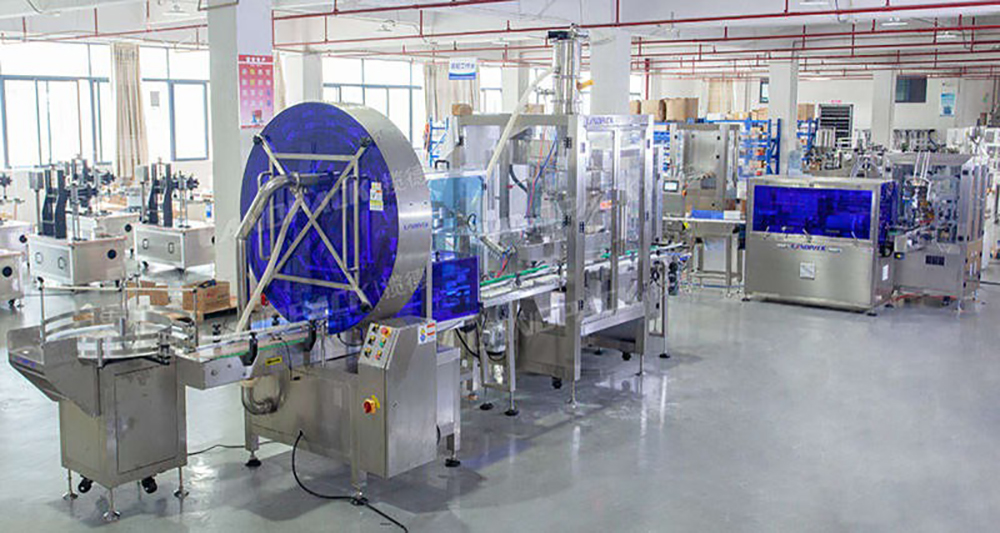
1. Comprehensive Product Range
– Versatility: Landpack offers a wide range of can filling lines, catering to various production scales and levels of automation, from manual to fully automatic systems.
– Customization: They provide customized solutions tailored to specific needs, including different can sizes and packaging requirements.
2. Advanced Technology
– Precision Filling: Landpack can filling lines feature precise dosing mechanisms, ensuring accurate and consistent filling of milk powder into cans.
– Vacuum and Nitrogen Flushing: Advanced sealing technologies, including vacuum and nitrogen flushing, to maintain product freshness and extend shelf life.
3. Quality Control
– Integrated Quality Checks: Their lines come equipped with in-line check weighers, metal detectors, and other quality control systems to ensure product integrity and safety.
– Compliance: The equipment meets international food safety standards, ensuring compliance with regulations.
4. Efficiency and Speed
– High-Speed Operation: Landpack’s can filling lines are designed for high-speed operation, maximizing production efficiency and output.
– Synchronization: Seamless integration of filling, sealing, labeling, and other processes ensures a continuous and efficient production flow.
5. Ease of Use and Maintenance
– User-Friendly Interface: The lines feature intuitive control panels and interfaces, making them easy to operate and monitor.
– CIP Systems: Clean-in-place (CIP) systems simplify maintenance and ensure hygiene without extensive downtime.
6. Energy Efficiency
– Low Energy Consumption: Landpack’s equipment is designed to be energy-efficient, reducing operational costs and environmental impact.
– Sustainable Practices: Their solutions support sustainable manufacturing practices, minimizing waste and resource use.
7. Strong After-Sales Support
– Training and Installation: Landpack provides comprehensive training for operators and offers installation support to ensure smooth setup and operation.
– Technical Assistance: They offer robust after-sales service, including technical assistance, spare parts supply, and regular maintenance checks.
8. Customer Testimonials and Proven Track Record
– Reputation: Landpack has a solid reputation in the packaging industry, backed by positive customer testimonials and a proven track record of successful installations.
– Global Presence: Their global presence ensures that they can provide support and service wherever your business is located.
1. Automatic Auger Filling
– Precise powder filling with minimal spillage.
– Suitable for various powder types and densities.
2. Sealing and Labeling Integration
– Hermetic sealing to ensure airtight packaging.
– Automated labeling for consistent and accurate product information.
3. Customizable Options
– Modular design allows for easy upgrades and expansion.
– Flexibility in handling different can sizes and packaging formats.
4. Robust Construction
– High-quality materials like stainless steel for durability and hygiene.
– Corrosion-resistant components to withstand rigorous cleaning.
Choosing Landpack for your milk powder canning line ensures that you benefit from advanced technology, high efficiency, and strong after-sales support. Their experience and commitment to quality make them a reliable partner in achieving your production goals and maintaining product standards. Investing in Landpack’s solutions means investing in the long-term success and growth of your business.